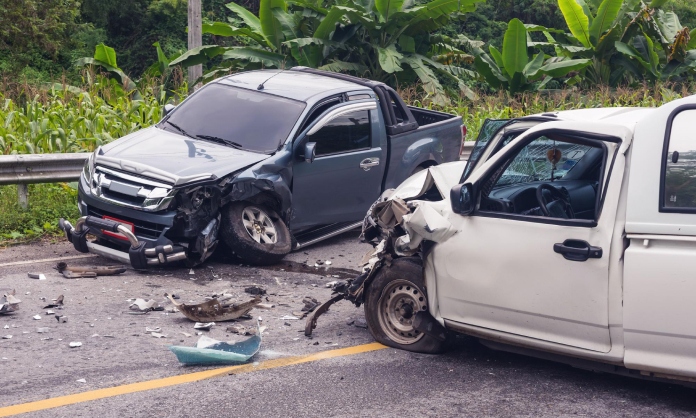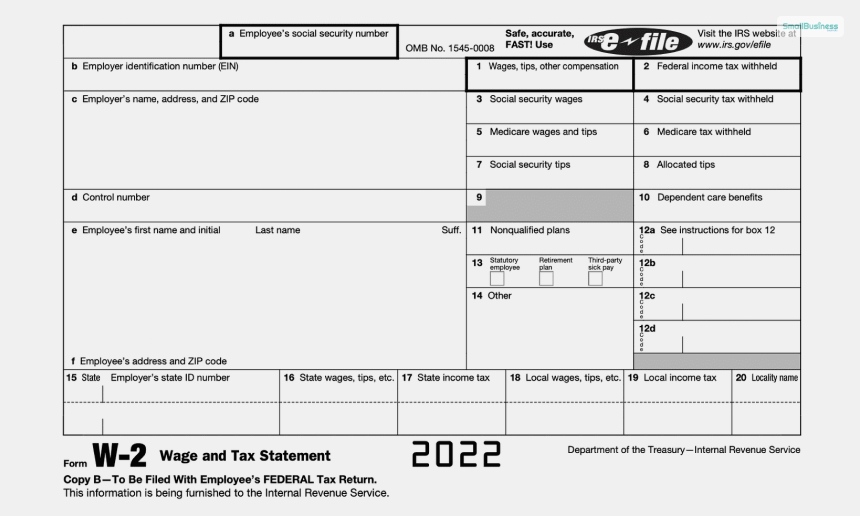Alaska is a beautiful state with stunning scenery, abundant wildlife, and diverse culture. However, it also has some of the most challenging road conditions and highest car accident rates in the country. When it comes to fatal car accidents, according to the Alaska Highway Safety Office, there were 66 fatalities and 4,800 injuries in car crashes in 2020. These numbers show a decrease from previous years, but they are still alarming and preventable.
Compared to other states, car crashes are more prevalent in Alaska. Sadly, many car accidents result in physical injuries, fatalities, disabilities, or property loss.
The good thing is that you may be eligible for compensation following a Wasilla car accident. However, you may want to hire a lawyer to ensure your case is effectively handled.
Common Causes of Fatal Car Accidents in Alaska

Car accidents in Alaska result from many reasons, and it’s essential to be aware of these potential causes to be able to prevent them. Here are ten factors that contribute to fatal car accidents in Alaska:
Challenging Weather Conditions
Alaska’s harsh weather, including snowstorms, icy roads, and low visibility, significantly increases the risk of accidents.
Wildlife Encounters
Alaska is known for its diverse wildlife, such as moose, bears, caribou, and wolves.These animals can cross the road unexpectedly or cause drivers to swerve or brake suddenly. Collisions with animals like moose or bears can cause severe accidents.
Distracted Driving
Like anywhere else, distracted driving is a significant cause of accidents in Alaska. Texting, talking on the phone, or even eating while driving can divert attention from the road.
Drunk Driving
Impaired riving under the influence of alcohol or drugs is illegal and irresponsible in any state, but it can be even more deadly in Alaska, where the roads are more challenging and the distances are longer. When you are under the influence of alcohol, it impairs judgment and reaction time. This makes it a leading cause of accidents.
Speeding
Speeding is another common cause of fatal car accidents in Alaska, as some drivers ignore the speed limits or drive too fast for the road conditions. Excessive speed reduces the driver’s ability to react to unexpected situations, increasing the likelihood of accidents.
Fatigue
Long drives and lack of rest can lead to driver fatigue, resulting in decreased alertness and slower reaction times. Drivers should never operate their vehicles when fatigued.
Road Conditions
Poorly maintained roads, potholes, and construction zones can contribute to accidents. These accidents are especially common during Alaska’s rough winters.
Inexperienced Drivers
New drivers or those unfamiliar with Alaska’s unique driving conditions may be more prone to accidents.
Aggressive Driving
Tailgating, excessive speeding, and aggressive maneuvers can lead to accidents. This habit endangers both the aggressive driver and others on the road.
Failure to Yield
Ignoring right-of-way rules, running stop signs or red lights, and not yielding to pedestrians can cause severe accidents.
Strategies for Mitigating Car Accidents

Mitigating car accidents is crucial for ensuring road safety. Here are ten strategies to reduce the risk of car accidents:
Defensive Driving
Always anticipate potential hazards on the road and be prepared to react safely. Defensive driving involves staying vigilant, maintaining a safe distance from other vehicles, and obeying traffic laws.
Avoiding Distractions
Keep your focus on the road by avoiding distractions like texting, eating, or adjusting the radio while driving. Even a momentary distraction can lead to a serious accident.
Regular Vehicle Maintenance
Ensure your vehicle is in good condition by scheduling regular maintenance checks. This includes inspecting brakes, tires, lights, and fluids to prevent mechanical failures that could cause accidents.
Buckle Up
Wearing seat belts is one of the simplest yet most effective ways to prevent injuries in the event of an accident. Make sure all passengers, including those in the back seat, are properly restrained.
Obey Speed Limits
Speeding significantly increases the risk of accidents and the severity of injuries. Adhering to posted speed limits allows for better control of the vehicle and reduces the likelihood of collisions.
Stay Sober
As we have already told you, drunk driving is not a good thimg anyuwhere in the world. But when it cmes to Alaska, where driving is challenging in itself, staying sober is extremely important. Driving under the influence of alcohol or drugs is a leading cause of accidents. Always designate a sober driver or use alternative transportation if you’ve been drinking.
Use Turn Signals
Signaling your intentions before changing lanes or making turns helps other drivers anticipate your actions, reducing the chance of collisions due to confusion or miscommunication.
Be Mindful of Weather Conditions
Adjust your driving behavior to match the current weather conditions. Reduce speed and increase following distance in rain, snow, or fog to maintain control of your vehicle.
Avoid Fatigue
Driver fatigue can impair concentration and reaction time, leading to accidents. Take regular breaks during long journeys, and avoid driving if you’re feeling excessively tired.
Educate Others
Share knowledge about safe driving practices with friends, family, and community members. Encourage everyone to prioritize safety on the road and lead by example.
Actions to Take Following a Car Crash

Here are five important actions to take following a car accident:
Check for Injuries
First, ensure everyone involved is okay. Check yourself and your passengers for injuries, then assess the condition of others involved in the accident.
Move to Safety
Move your vehicles to a safer location if possible. It should be away from traffic to prevent further accidents. Turn on hazard lights and use warning triangles or flares to alert other drivers.
Contact Authorities
Call emergency services to report the accident, especially if there are injuries or significant damage. Provide accurate information about the location and extent of the incident.
Exchange Information
When it comes to information, it is best that you exchange details related to yout contact and insurance with the other party involved. You should gather names, license plate numbers, phone numbers, and insurance policy numbers.
If you’ve been involved in an Alaska car crash that wasn’t your fault, you may be eligible for compensation. Contact a reputable lawyer to help you determine if it’s worth pursuing a claim for your loss.
What Are the Legal Aspects of Car Accidents in Alaska?
If you are involved in a car accident in Alaska, you need to know the legal aspects of the situation. Here are some of the things that might be able to help you out:
Reporting the Accident
Alaska law requires drivers to report any accident that results in injury, death, or property damage over $2,000 to the police as soon as possible. Drivers also need to exchange information with the other parties involved, such as name, address, license number, registration number, and insurance information.
Seeking Medical Attention
Alaska law also requires drivers to provide reasonable assistance to anyone injured in the accident, such as calling for an ambulance or taking them to a hospital. Drivers should also seek medical attention for themselves, even if they feel fine, as some injuries may not be apparent right away.
Filing a Claim
Alaska follows a fault-based system for car accident claims, which means that the driver who caused the accident is responsible for paying for the damages of the other parties.
The victim can file a claim with their own insurance company, the at-fault driver’s insurance company, or a personal injury lawsuit against the at-fault driver. The victim can seek compensation for their medical expenses, property damage, lost wages, pain and suffering, and other losses.
Following the Statute of Limitations
Alaska law sets a time limit for filing a car accident lawsuit, which is two years from the date of the accident. If the victim fails to file their lawsuit within this period, they may lose their right to sue and recover compensation.
Understanding the Comparative Fault Rule
Alaska also follows a comparative fault rule, which means that the victim’s compensation can be reduced by their percentage of fault for the accident. For example, if the victim was 20% at fault and the other driver was 80% at fault, the victim can only recover 80% of their damages.
However, unlike some other states, Alaska does not bar the victim from recovering anything if they were more than 50% at fault. This is known as the pure comparative fault rule.
Bottom Line
Car accidents in Alaska are common and can have serious consequences for the victims and their families. However, by knowing the causes, consequences, and legal aspects of fatal car accidents in this state, you can protect yourself and your rights. You can also take steps to prevent and avoid car accidents by driving safely and responsibly.
If you or someone you love has been injured in a car accident in Alaska, you may be entitled to compensation for your losses. However, you may face challenges and difficulties in dealing with the insurance companies or the legal system. That is why you need the help of an experienced and trusted car accident lawyer who can guide you through the process and fight for your best interests.
Read Also:




Leave A Comment